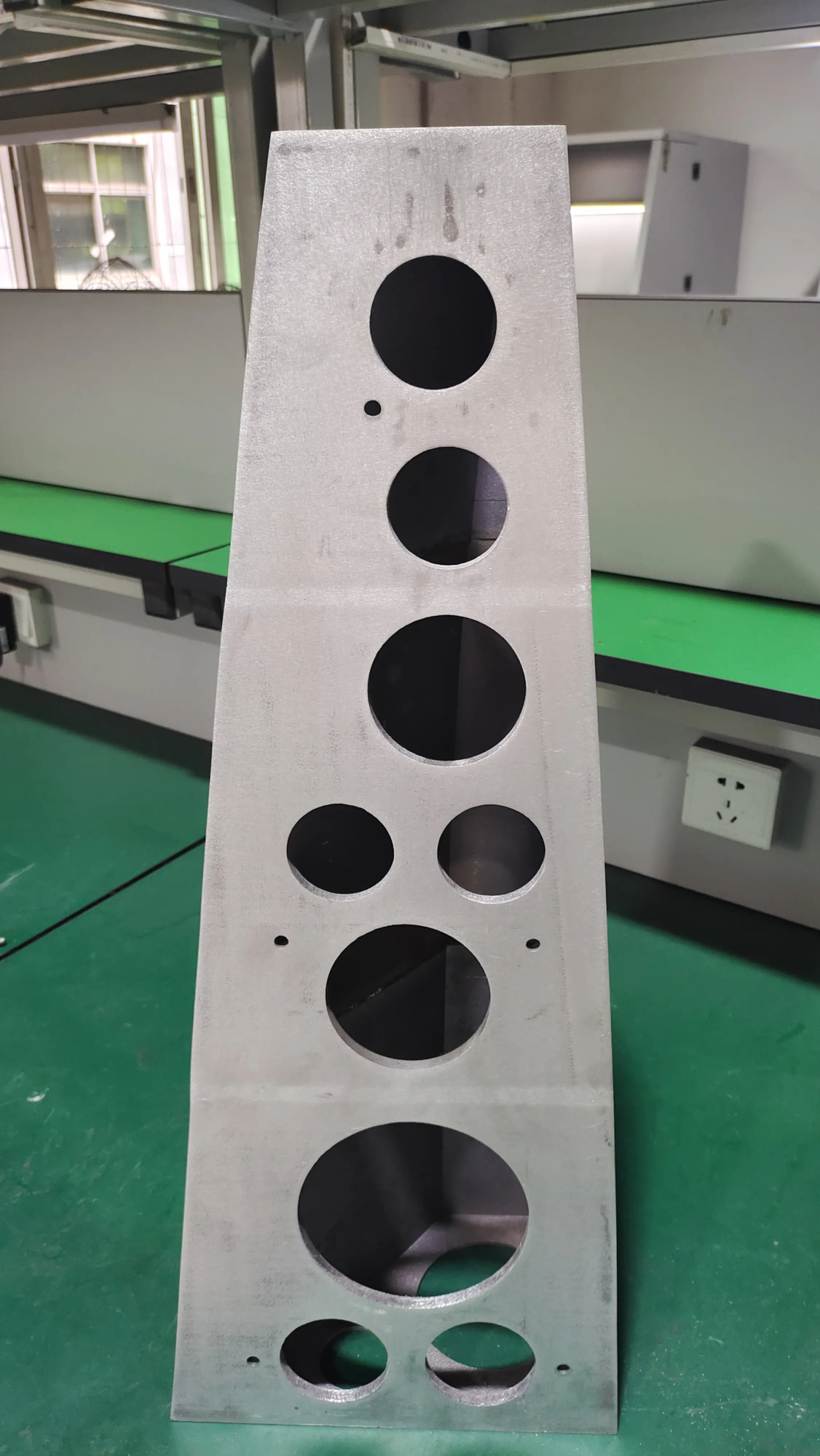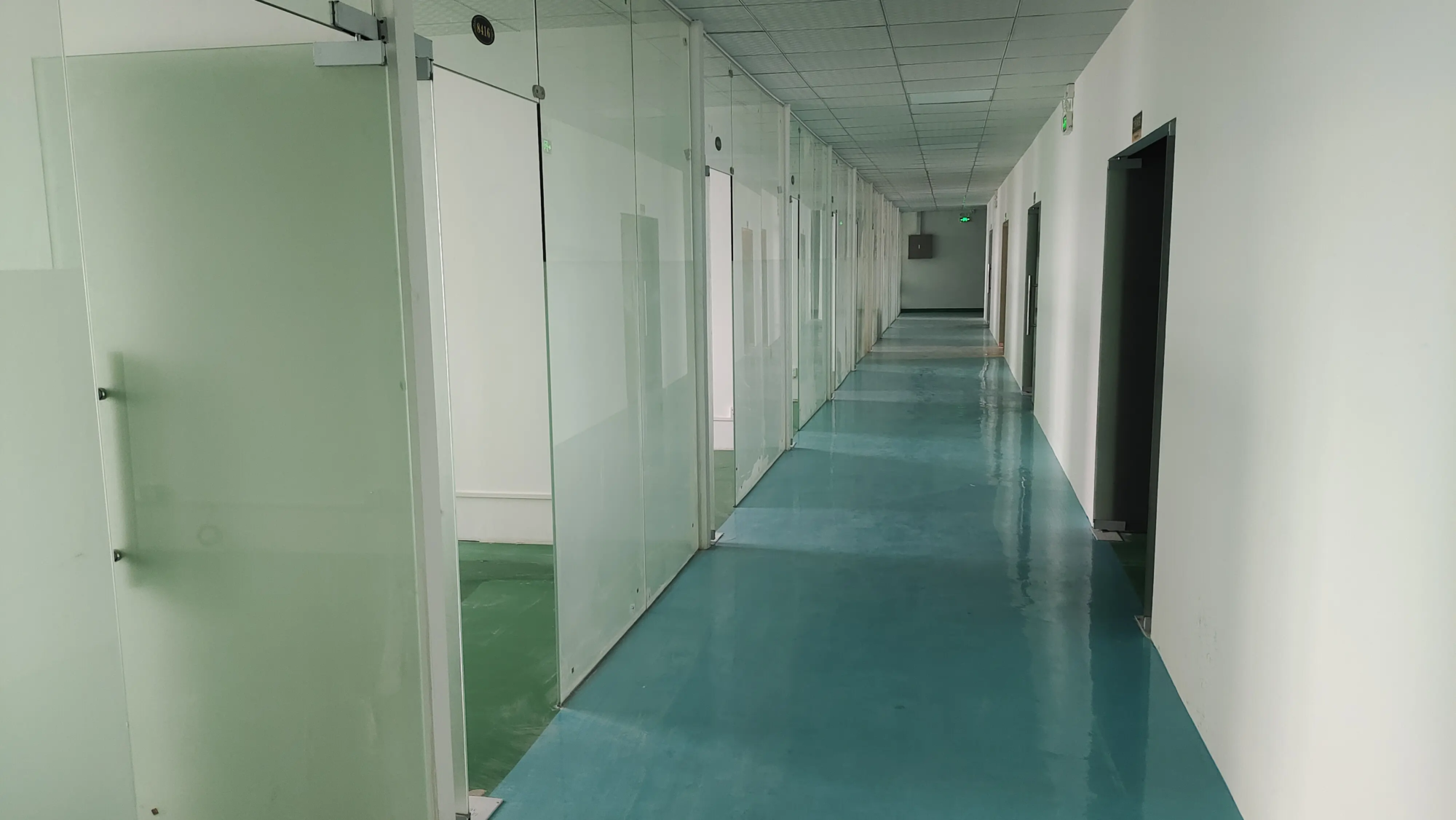From Cura to Orcaslier, from STL to 3MF, in addition to the G code, there is a new code of time in code T.
G-CODE (G-CODE) is a general programming language in the field of 3D printing. and the flow of printed head material. However, auxiliary control is always limited in the G code which is included in the standard, because it must interrupt the printing path, which can easily lead to structural defects.
To solve this problem, the researchers from Johns Hopkins have proposed a new code of T code. Related research has been published in the Magazine de la Nature, links:
Here, the researchers introduced in detail the method of using the temporal code (code T) and declared that this method can effectively separate the movement from the printing path from instantaneous time, thus reducing the interruption of the path ‘Printing, increasing the printing speed, and at the same time, it will not affect the precision, precision or complexity of the 3D printing structure.
In order to reach time -based synchronization, control of the auxiliary device is separated from code G and is controlled by a personalized Python script. First of all, import code G containing auxiliary orders in Python and separate the script to separate the movement command (such as “G0” and “G1”) from the auxiliary control to ensure that they are correctly aligned . Then the script merged the G code of interruption in a continuous path. Then generate uninterrupted G code and transmit it to the 3D printer.
The script generates the speed curve as a function of the speed and the printing acceleration and calculates the horoding by mapping the position of the auxiliary control. These horodatages will be transmitted to the Python script as a list. After having generated a code G and an uninterrupted horoding, the script waits for the starting signal for the 3D printer to start synchronization.
No need to modify the printer’s hardware or software, the code T allows the office printer focused on the saving to produce a high quality structure comparable to high -end printers. In order to show its potential, research shows transparent control function gradients to improve the filling properties, energy absorption and optics, and to reach scalability and personalization on a large scale by paths ‘parallel impression.
Code T is particularly suitable for pressure driven, but it is also suitable for all applications, materials and types of extrusion machines compatible with the traditional G code, such as DIW, FFF and ink with high viscosity. By combining the appropriate printing head and auxiliary equipment, the C code can print various functional materials to create multifunctional structures such as structural batteries, shape change structures, mild robots and electronic equipment integrated into portable devices.
Finally, the researchers said that current speed and resolution restrictions are mainly derived from the limitation of external hardware and software. The future work plan improves the frequency of multi-material switching by integrated solenoid valves and incorporates the T code in a real-time operating system, or uses special equipment (such as microcontroller) to improve communication efficiency auxiliary equipment.
Obviously, code T is still a concept. There may be better solutions, but the emergence of the code T has shown us more possibilities for 3D printing programming.





